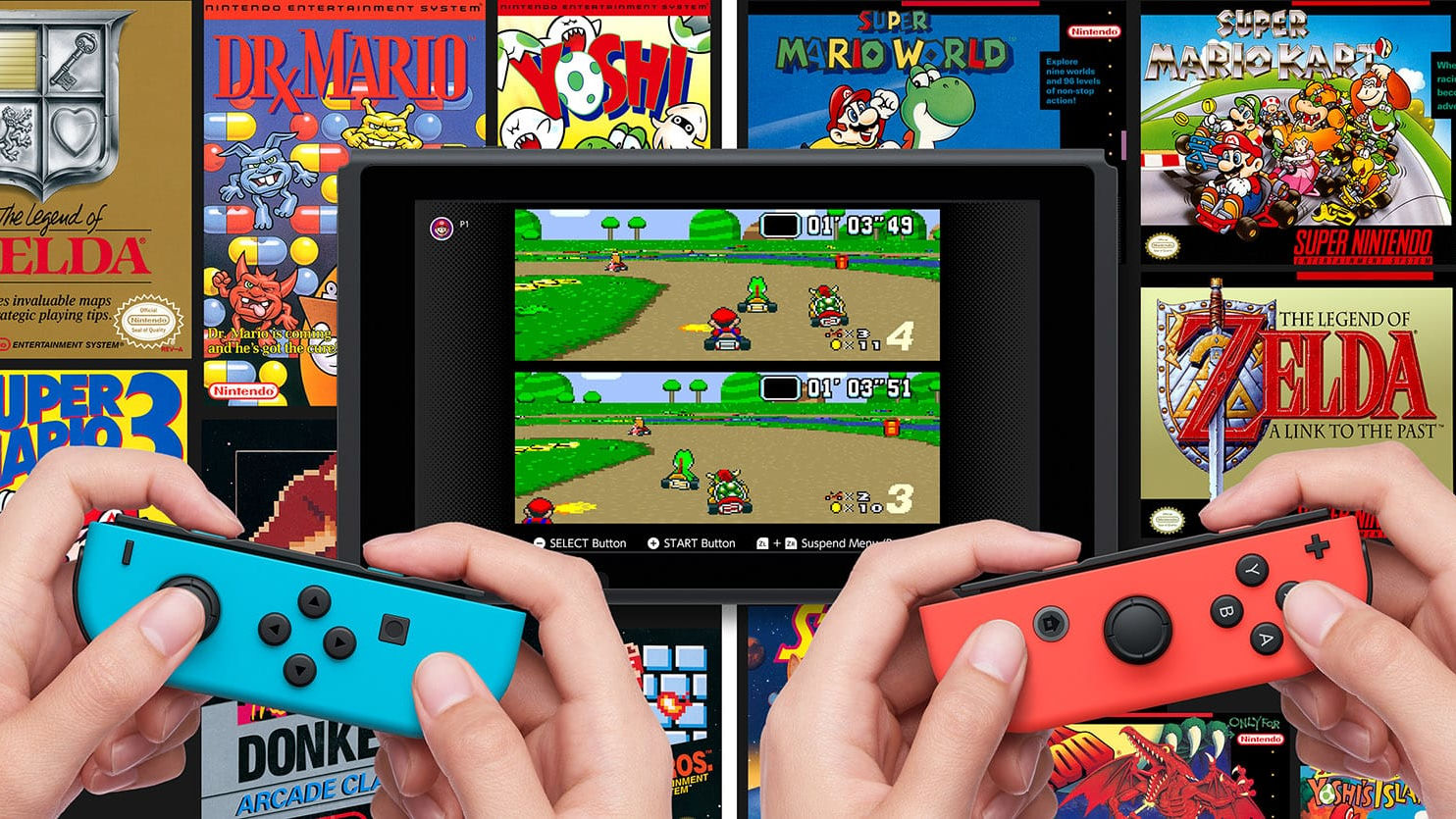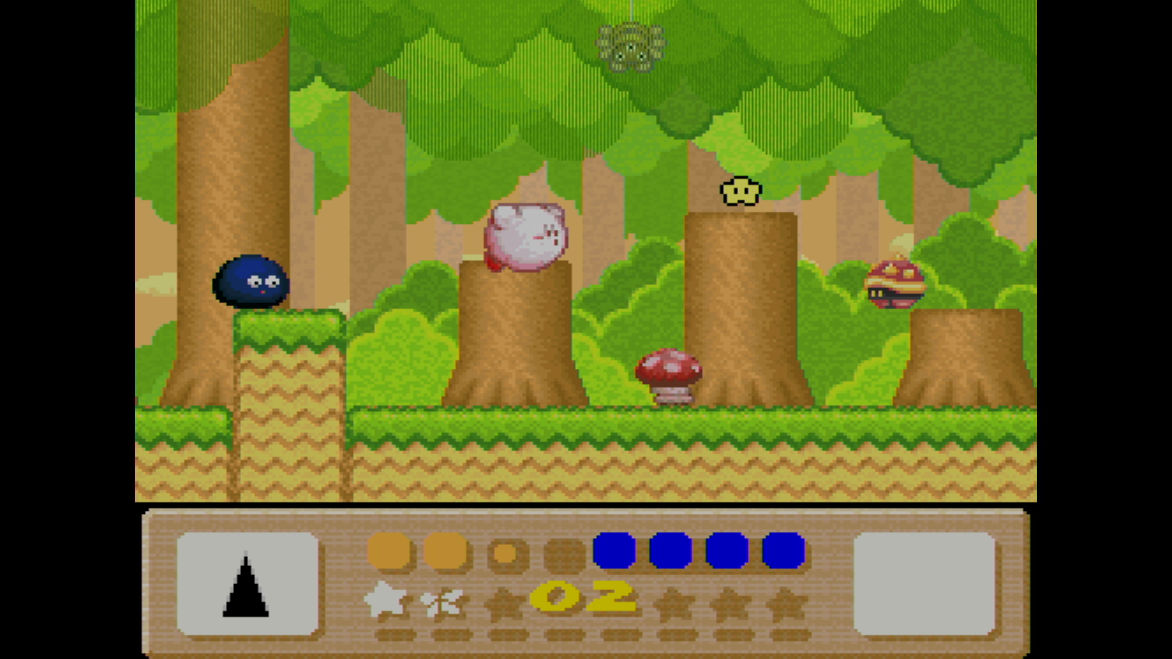The Nintendo Switch’s best feature? Letting me play all the games that came before it
OPINION: I would never have played Super Metroid without the Nintendo Switch

The Nintendo Switch is the Swiss army knife of games consoles. It’s a portable handheld, as well as a home box. It caters just as well to kid-friendly platformers and gut-wrenching shoot ‘em ups, as it does to turn-based strategy games.
For me, one of the Nintendo Switch’s greatest triumphs has been introducing me to all the games that came before it. I wasn’t born for the classic Nintendo era. The original Metroid, Legend of Zelda, Donkey Kong Country, and all the other iconic games Nintendo super fans talk about to this day, have always looked ancient to me. I can appreciate they have a place in gaming history, but I never played them with my own hands.
The Switch changed that. Nintendo Switch Online comes bundled with a library of NES and SNES classics. The original Mario games are there, the first few Zeldas, Star Fox, Ninja Gaiden, EarthBound, F-Zero, and more. It’s a greatest-hits of Nintendo that has dragged me into the world of 8- and 16-bit gaming.
Easy access

It’s so easy to start playing these Nintendo classics. There’s no fiddly (and likely illegal) emulator to install, no hardware to buy. If I have a sudden craving for 2D platforming, I can load the SNES app that’s already installed on my Switch’s home screen, and boot up Super Metroid in seconds. With the games ready and waiting, I’ve no excuse to avoid them, or inconvenient installation work to get through just to get them running on modern hardware.
They’re cheap, too. So long as you keep up your Nintendo Switch Online subscription, which is more affordable than its rivals’, you’ll have access to them for as long as you want. They might not be free, but they're pretty close to it.
Besides ease of access, the portability of the Switch has kept me coming back for more SNES goodness time and again. The ability to pick up and put down the games whenever I want means I’m engrossed in them. When Draygon pincers me to death for the fifth time in Super Metroid, I don’t need to throw my controller across the room in disgust. I can step away from Samus’s troubles to pick up the game later, during a convenient moment cooking dinner, or sitting idly on the sofa. The easier a game is for me to access, the more likely I’ll actually dive in.
No better alternative

The Switch isn’t the only way to play older Nintendo games. The popular SNES and NES microconsoles that launched in 2016 both came bundled with a collection of built-in games, spanning most of the classics and some that are yet to be ported to the Switch. The cute replica models were praised for bringing the games to a modern audience, and faithfully emulating them for new players to experience for the first time.
Sign up for breaking news, reviews, opinion, top tech deals, and more.
But that ship has sailed. Nintendo halted production of both mini consoles in December 2018, meaning you have to pay a pretty penny on the second-hand market, or pay through the nose at a retailer to pick them up now. Even if they were still affordable, I’m not sure they’d be my platform of choice. I want to play the classic Nintendo games I missed out on, not experience every dated design flaw of the consoles. I’d much rather use the Switch’s Joy Cons than the NES’s rigid, oblong controller to stamp on Goombas.
A better way to play

For the most part, the Switch ports are faithful adaptations, but they do introduce one essential feature I couldn’t do without. Taking a nod from the emulators I’ve disparaged above, each includes an overlaid save state system that lets you record your progress wherever you are. That means you won’t lose hours of progress after a pesky Bobo drops you to zero health Kirby’s Dream Land, or be forced to replay an entire level because one, tiny, honest platforming mistake has sent you back to the beginning.
Although certainly a product of contemporary gaming, which is, for the most part, more forgiving than the NES and SNES games of old, I’m a willful user and abuser of save states. We’ve moved on from finite lives and painfully unforgiving level design. Even games like Elden Ring, which make their brutality central to their appeal, are meticulously designed so as never to feel unfair. Use as many save states as you want, I say. I wouldn’t be playing older games without them.
Game preservation

As much as the Switch has encouraged me to explore Nintendo’s back catalog, the publisher is no hero of game preservation. Its decision to close the Wii U and 3DS eShops by next March will effectively remove access to many older games that aren’t available elsewhere. Hundreds of NES and SNES games are currently available on the digital storefronts, many of which aren’t listed in the Switch’s comparatively meager collection of classic titles. When the eShops disappear next year, those games, and many other download-only indie gems, will go within them.
I may never have got around to playing them, but I’ll be sad to see them go. The Nintendo Switch opened the door to 8- and 16-bit gaming for me by lowering the barrier of entry. Here’s hoping Nintendo keeps porting classics to the Switch and sees the value in historical accessibility.
- Find the best Nintendo Switch games

Callum is TechRadar Gaming’s News Writer. You’ll find him whipping up stories about all the latest happenings in the gaming world, as well as penning the odd feature and review. Before coming to TechRadar, he wrote freelance for various sites, including Clash, The Telegraph, and Gamesindustry.biz, and worked as a Staff Writer at Wargamer. Strategy games and RPGs are his bread and butter, but he’ll eat anything that spins a captivating narrative. He also loves tabletop games, and will happily chew your ear off about TTRPGs and board games.